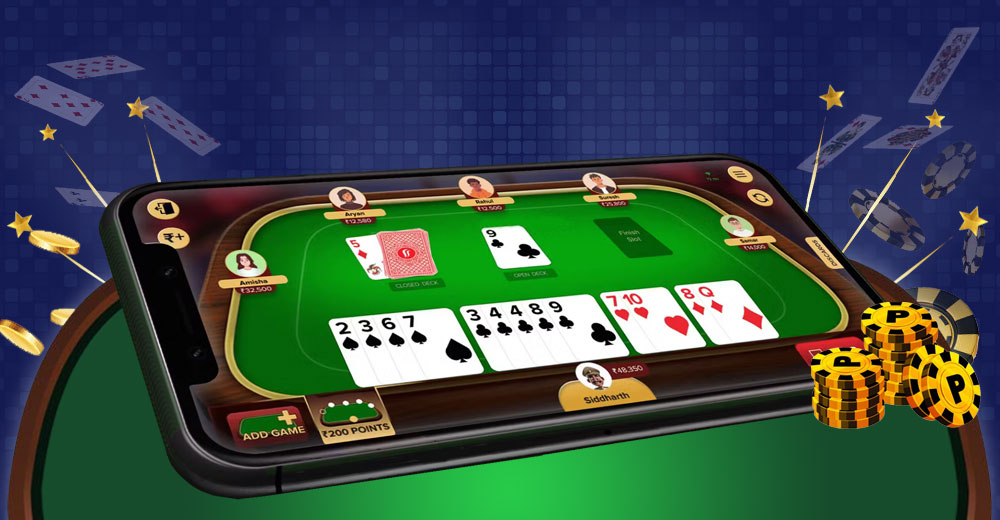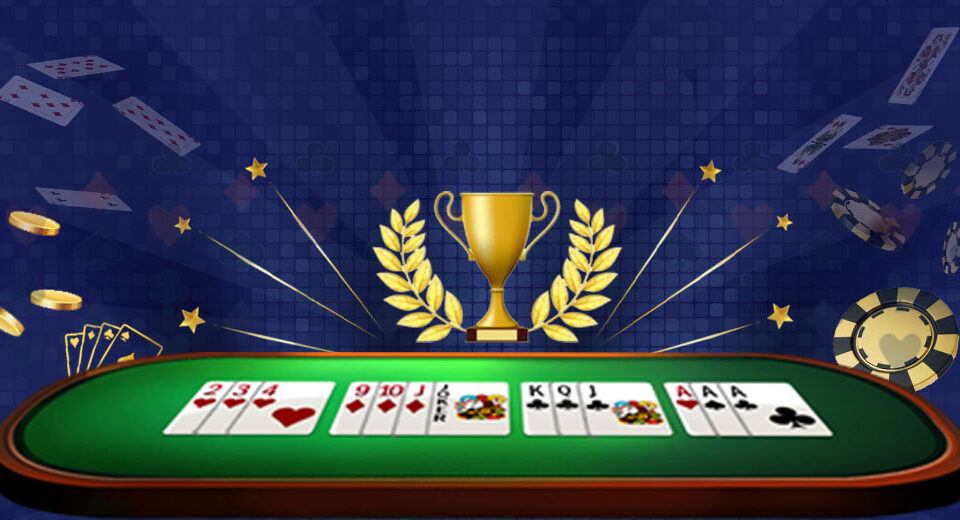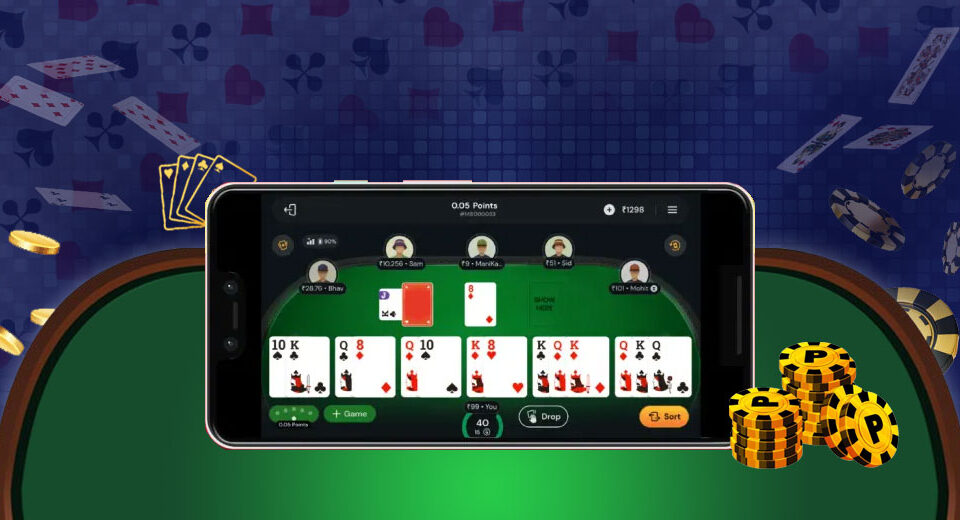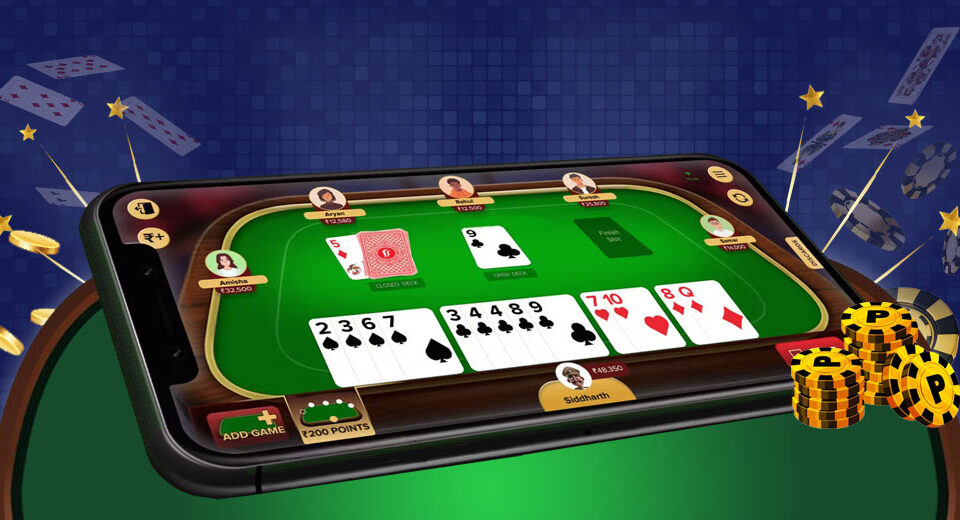How to Make Better Card-Picking Decisions in Rummy
In rummy, every card you draw is a decision—one that can bring you closer to victory or edge you toward defeat. While beginners often rely on impulse or habit when choosing between the open and closed piles, experienced players know that each pick should be deliberate and data-driven. Whether you're playing Indian Rummy, participating in a fast-paced online rummy tournament, or enjoying a casual session on a digital rummy app, mastering the art of card selection can significantly improve your chances of success.
This article will walk you through practical, tested strategies for smarter card picking in various rummy variants, helping you move from guesswork to guided play.
1. Always Pick with a Plan
Start every game by forming a rough blueprint of potential sequences and sets. Once you’ve identified the core of your meld strategy, only pick cards that align with that plan. This approach prevents hand clutter and keeps your goal clear. If you find yourself frequently picking random cards “just in case,” it’s time to refocus your method.
2. Understand the Power of the Open Deck
The open deck isn’t just a discard pile—it’s an information goldmine. If a card in the open deck directly improves your hand or helps form a probable sequence, take it. But be cautious: picking from the open deck also gives away clues to your opponents.
In competitive rummy play, elite players use the open pile sparingly to avoid broadcasting their hand too early. Pick only when the benefit outweighs the risk of revealing your intentions.
3. Use the Closed Deck for Strategic Ambiguity
When your hand is in flux, the closed deck is your safest source for expansion. Drawing from it allows you to maintain secrecy and build silently. This method is especially effective in strategic rummy duels, where unpredictability is a major weapon.
However, avoid excessive closed-deck draws in the late game when you should already be refining your hand—not building from scratch.
4. Don’t Pick What You Can’t Use Immediately
One of the most common mistakes among intermediate players is picking up a card because it “might be useful later.” This often leads to a bloated, unfocused hand. Instead, pick cards that serve an immediate or near-future purpose. In mobile rummy formats, where time pressure is real, this habit will also speed up your gameplay and reduce mental fatigue.
5. Watch Opponents Before Picking
Before reaching for that top card, glance at your opponents’ behaviour. Did they just discard the same card last round? Are they hoarding a suit you're about to pick from? Observing discard patterns can help you make more informed, less risky draws.
On real-time Indian rummy online platforms, these micro-observations make a huge difference over time.
6. Know When to Take Risks
Sometimes, a bold pick can change your fortune. If you're holding two cards of a sequence and the third appears in the open deck, it might be worth the reveal. Timing is everything—make riskier picks early in the game when there’s time to recover, and avoid them late when the stakes are high.
7. Don’t Let Emotion Drive Your Pick
It’s easy to get attached to a near-complete meld and keep drawing for it long after it stops making sense. Smart players know when to let go. If you’ve drawn five cards without completing a set or sequence, it’s time to change direction.
Emotional discipline is what separates a good hand from a winning hand—especially in multi-table rummy tournaments where quick pivots are key.
Conclusion – In rummy, each pick is a step—make sure it’s in the right direction.
Improving your card-picking decisions comes down to clarity, observation, and timing. The more thoughtful your choices, the more consistent your success. Whether you're rising through Indian Rummy rankings, dominating in strategic rummy duels, or mastering mobile rummy formats, the difference between winning and losing is often one well-picked card.




